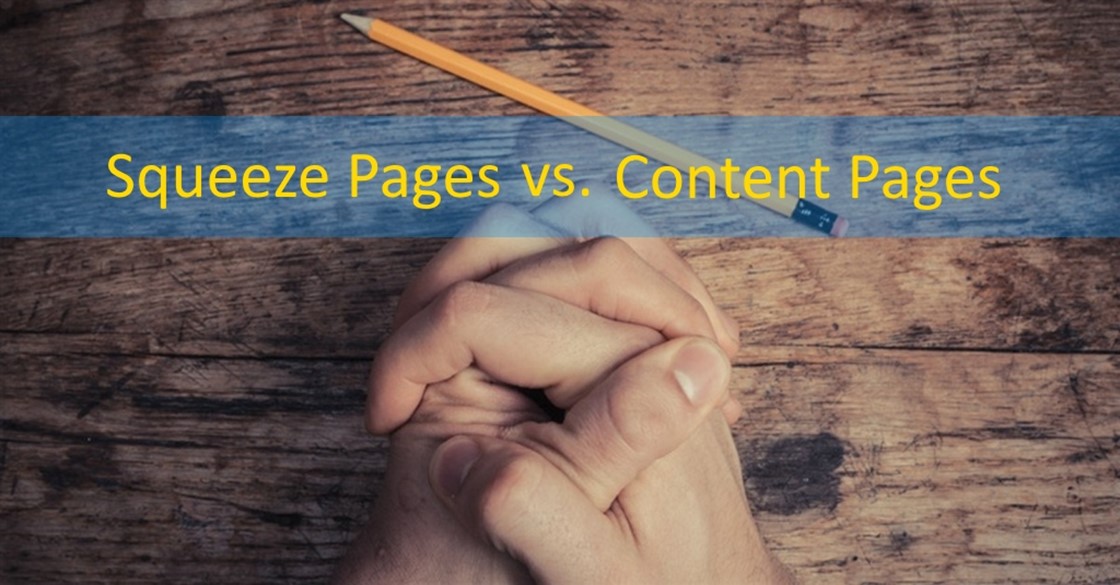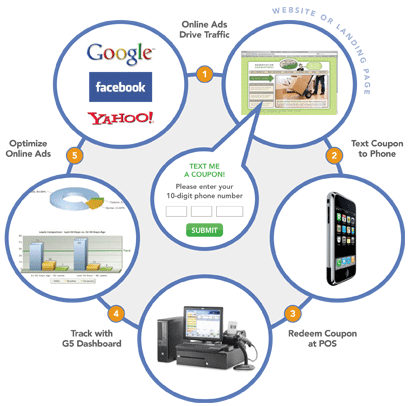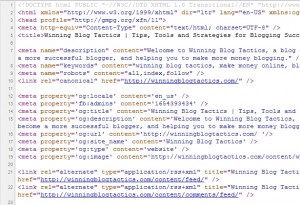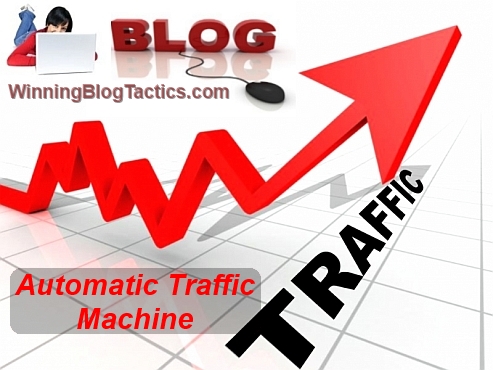A few things to consider before you run your next paid ad.

As someone who’s built many businesses, launched several projects, and sold numerous products and services using free marketing strategies like blogging and SEO, Social Media, and more, the prospect of paid marketing made me very cautious.
Ideologically I was cautious because I was taught that getting raising profit and lowering advertising cost was good business sense, so I became a master of free marketing strategies, and even built an entire business around the topic.
After all, if free marketing was successful in making me money, why would I put money into paid strategies on the very networks in which I was making money with for free?
For example, using Dark Posts on Facebook, using AdWords on Google, or even LinkedIn’s paid advertising program.
Experientially I was cautious because I’ve tried paid marketing in the past many times and failed, and have been disappointed by poor results. I’ve had to battle with closed accounts, flagged ads, and losing a lot of money to failed campaigns.
The truth is that I found it all to be a headache and I was scared of using paid advertising again, especially since I’ve heard many of the same nightmare stories of people losing the shirt off their backs and going bankrupt, like you probably have, and I suspect most everyone has at some point in their career.
Yet, most of my clients are people who hire me to carry out the free marketing strategies they don’t have the time to do themselves.
They’re paying for marketing from someone who, at least at one time, disliked paid marketing, and when I learned that there really isn’t a difference between paying someone to carry out marketing, (even free marketing), and using paid marketing strategies yourself, it all seemed rather hypocritical to me.
I wanted to master paid marketing strategies.
Even though I had a sour taste in my mouth, I knew the benefits to using paid marketing strategies.
- I could drive massive amounts of warm traffic as opposed to driving cold traffic with free strategies.
- I could build huge, super targeted lists for multiple niches simultaneously, instead of one at a time with free marketing.
- I could reach and engage millions of people instantly, where I had previously relied on the slower process of content creation.
Without a doubt, paid marketing strategies created the opportunity to better leverage my time, build lists and sell more products, but it also offered something else – scalability.
With free marketing, I was always limited by time, so there was only so much I could do, but with paid marketing, not only could I grow my business upward, but I could expand outward, and the only limit was my budget.
But how do I implement paid marketing without the hassles I’ve faced before?
The problems I faced before hadn’t gone away, but I knew if I could master paid marketing strategies, that would be all it would take to meet my goals sooner, so I put the thoughts and fears behind me and venture back into paid marketing, but this time I didn’t make the same mistakes.
Trial and Error with free marketing strategies is very low risk. You may waste sometime figuring things out, but you’re in no immediate danger of losing money. I couldn’t do this with paid marketing, so I started learning all I can before I even spent my first dime again.
Well, it turns out that HOW I delivered content for paid marketing strategies was the biggest culprit as to why I was experiencing flagged ads, closed accounts and more, and what follows is how I fixed that problem by changing how I deliver content.
Squeeze Pages vs. Content Pages
Direct sales is one of those things that I spent years learning (and continue to learn), and over the years I’ve learned to leverage the two major forms of online marketing.
- Squeeze pages.
- Content pages.
I would even add that no matter how you market online, (social media, mobile, etc.), all offers fall into one of those categories, because you’re either driving traffic to a direct offer (squeeze pages), or you’re sending them to content that leads to an offer (content pages).
Squeeze pages are, for the most part, direct opt-in pages. Anytime you click on a link and you’re asked to fill out a form in order to proceed, you’re on a squeeze page, also known as a lead capture page. The goal is to capture your information like your name, email address and phone number so the person can follow up with you.
Content pages are more indirect. They are a means of sharing value, usually information, followed by a call to action to buy or opt in, or will have marketing placed somewhere around that content.
Both strategies are time-tested and work really well, however each has had their own place in the marketing spectrum.
In the online marketing world, a squeeze page is usually the first stop for a visitor before they are given access to content. For example, opting in to get a free download, or watch a free video, or get access to a free report, and so on. Squeeze pages rule direct sales. You see them with affiliate products, biz ops and more.
On the other hand, content pages rule the search engines. These are your e-zines, articles and blog posts; you see them with “how-to” videos, like 10 steps to solve some problem, 3 ways to increase some result, free training, and more.
Where the goal of squeeze pages is to capture your information, the goal of content pages is to create value people can consume, use, and come back for more. The better the content, the more value you create, and the more people will be engaged by you and eventually buy from you.
This is the secret to social media marketing success and the goal of going viral.
My problem is that I was using squeeze pages for paid advertising.
The benefit of squeeze pages is that you get much more engagement. You build lists faster, you sell more product up front, and you get higher engagement, but, when it comes to paid marketing, you also run the risk of people flagging your ads as spam.
What happens is that they click on an ad, which promises to deliver something, but they land on a squeeze page instead, and now have to give up personal information to get access to what they were promised.
Many will feel cheated and report your ads. What follows is that if enough people flag your ads, they will be shut down, and if enough people report you for spamming, your account will be closed.
Keep in mind that when using paid advertising, your ads are showing up on their timeline, in their inboxes, on their personal pages. In their minds, because your ads are on their personal space, you already have access to them, which isn’t wrong – this is why we pay for advertising in the first place – to reach people where they are.
For them to engage by clicking on our ad and land on a page where they have to submit even more personal data, even though squeeze pages get more higher engagement, they also run a higher risk of being flagged.
Content pages offer the reverse. A lower engagement, but a lower risk. The high reward of content pages though, is that the lists you build often time will have a higher engagement factor because the people who opt in are already targeted and have responded “yes” to wanting more information from you. They’re qualified leads.
And for paid advertising, this is actually what you want – to build a list of qualified leads that have high engagement.
So if you are using paid advertising and you’re experiencing your ads being flagged or you are having your accounts shut down, try using content pages instead of squeeze pages.
Learn how to write articles and create amazing value. You can share tips, answer questions, offer advice and a lot more. Follow it up with some SEO work and those articles you write will rank for years to come, and you’ll find that your free marketing strategies will continue to bring in traffic, leads and sales years from now.
If you’ve found the information in this article useful or informative, please let me know. Please like, share and leave a comment below.
If you are interested in learning more about paid advertising strategies that I use in my business, click here now to learn more.


